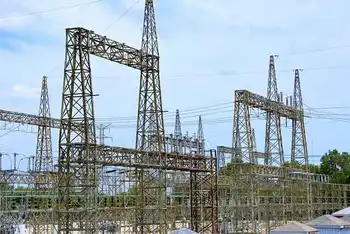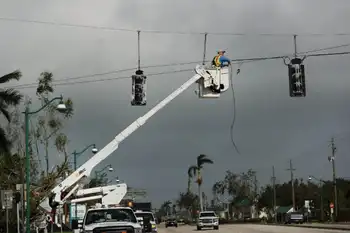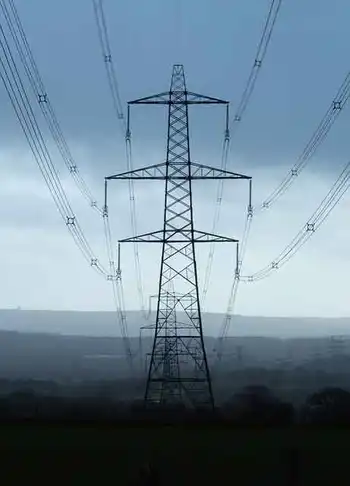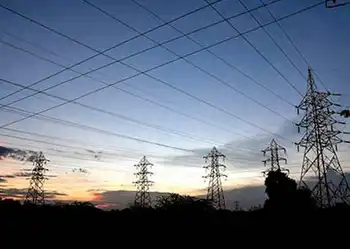More people are climbing dangerous hydro dams and towers in search of 'social media glory,' utility says
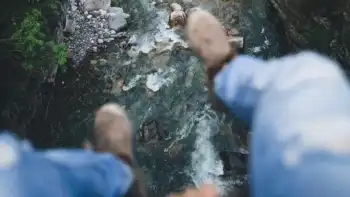
Protective Relay Training - Basic
Our customized live online or in‑person group training can be delivered to your staff at your location.

- Live Online
- 12 hours Instructor-led
- Group Training Available
BC Hydro Trespassing Surge highlights risky social media stunts at dams and power stations, with restricted areas breached for selfies, electrocution hazards ignored, and safety signage violated across Buntzen Lake, Jones Lake, and Jordan River.
Key Points
A spike in illegal entries at BC Hydro sites for social media, increasing electrocution and drowning risks.
✅ 200% rise in trespassing over five years
✅ Risks: electrocution, drowning, deadly falls
✅ Obey signage; avoid restricted dam and substation areas
More and more daredevils are climbing onto dangerous dams and power stations to gain likes and social media followers, according to a new report from BC Hydro.
The power provider says it's seen a 200 per cent uptick in trespassing into restricted areas over the past five years, with many of the incidents posted onto sites like YouTube, Facebook and Instagram.
"It's concerning for us because our infrastructure has risk with it," said David Conway, a community relations manager for BC Hydro.
"There's a risk of electrocution in regards to our transmission towers and our substations ... and people can be severely injured, as seen in serious injuries cases, or killed," he said.
The company released a report Tuesday, noting specific incidents of users trespassing onto sites at Buntzen Lake in Anmore, Jones Lake in the Fraser Valley and Jordan River near Victoria; it has also been issuing Site C updates during the pandemic. The incidents ranged from climbing transmission towers to swimming in restricted areas at dam sites.
In a separate matter, an external investigation at Manitoba Hydro has examined alleged assaults by workers.
Conway says annual incidents climbed from a handful to about one dozen, but BC Hydro expects the figures to be even higher. He says many more events likely go unreported.
The report ties the increase in incidents to the pursuit of "social media glory." Between 2011 and 2017, at least 259 people were killed worldwide in selfie-related incidents, according to the Journal of Family Medicine and Primary Care, and a knowledge gap in electrical safety remains a factor. Many of the incidents involved water, electrical equipment or dangerous heights.
In 2018, three social media personalities died after falling off a cliff at Shannon Falls near Squamish, B.C.
North Shore Rescue attributes about 30 per cent of its calls to outdoor users attempting to capture content for social media.
Survey results highlighted in the BC Hydro report show that 15 per cent of British Columbians admit to putting themselves in a dangerous position "to achieve the 'perfect' shot."
Awareness also influences careers, as many young Canadians say they would work in electricity if they knew more.
The survey was conducted online by 800 B.C. residents. For comparison purposes, a probability sample of the same size would yield a margin of error of plus or minus 3.5 per cent, 19 times out of 20.
During the pandemic, the U.S. grid overseer issued a coronavirus warning to highlight operational risks.
Risky activities include standing at the edge of a cliff, knowingly disobeying safety signage or trespassing, or taking a selfie from a dangerous height.
Two per cent of British Columbians admit to injuring themselves in the name of a selfie.
"We want people to stay safe. We want to remind the public to stay a safe distance away from our infrastructure, and follow safety guidance near downed lines, as electricity and generating facilities can be dangerous," said Conway.
BC Hydro is urging all visitors to obey signage, steer clear of power-generating equipment and to stay on designated trails.





